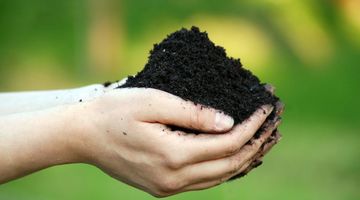Dr Ross Monaghan from AgResearch at Invermay in Otago talks about fertilisers – what they are and why they are used on farms.
Point of interest: Ross talks about using a nutrient budget for farms. The Overseer® Nutrient Budgeting model is an online tool to assist with nutrient management.
Transcript
DR ROSS MONAGHAN
Since the arrival of Europeans, fertiliser has been a key part of our agricultural systems. Fertilisers are just chemicals really.
There’s a vast array of fertiliser products that are developed for specific applications. So there’s a suite for cropping farms, and a suite for pasture farms for dairy. Sometimes they need a mix that’s higher in other fertiliser elements such as potassium.
The most commonly used fertiliser has been developed from rocks that are very high concentrations of phosphorous. We call that rock phosphate. We import a lot of that product from North Africa. That is either ground up and spread on pastures or is ground up and reacted with sulfuric acid to produce a fertiliser known as superphosphate.
If you do a nutrient budget, which is an inventory of inputs and outputs of nutrients, you realise that there’s quite a lot of nutrient that is removed off farm just in product alone, particularly in milk. So farmers are trying to replace that and maintain the fertility, because we want to avoid situations of providing too little and thus stripping the soil of its fertility. And likewise, we don’t want to overfertilise, because if we have too much fertility, that poses an increased environmental risk.
Acknowledgements:
Dr Ross Monaghan, AgResearch, Invermay
Horse-drawn fertiliser spreader, Waiorau Sheep Station, Otago. Photographer unknown: Views of Waiorau Sheep Station. Ref: 1/4-023070-F. Alexander Turnbull Library, Wellington, New Zealand. http://natlib.govt.nz/records/23107717
Islington fertiliser. Webb, Steffano, 1880?–1967: Collection of negatives. Ref: 1/1-019461-G. Alexander Turnbull Library, Wellington, New Zealand.
http://natlib.govt.nz/records/23128514
McDonald’s Lime
Dennis ‘SK’ http://creativecommons.org/licenses/by/3.0/deed.en
Ravensdown





